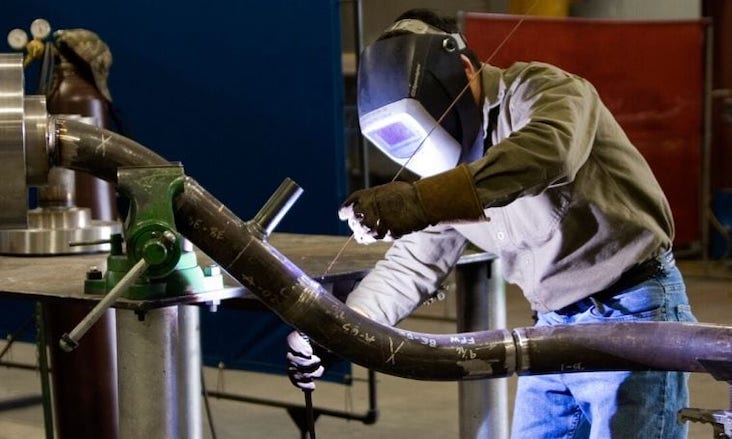Fueling your welding projects with precision requires the use of high-quality welding gas, ensuring superior results and seamless performance. Welding gas is a crucial component in various welding processes, including MIG Metal Inert Gas welding, TIG Tungsten Inert Gas welding, and even in plasma cutting applications. The type of welding gas used can significantly impact the quality of the weld, the efficiency of the process, and the overall safety of the operation. One of the most commonly used welding gases is argon. Argon is an inert gas that is non-reactive, making it ideal for shielding the weld area from atmospheric contaminants during welding. It is often used in TIG welding processes due to its stability and ability to produce clean, precise welds. Argon can also be mixed with other gases, such as carbon dioxide or helium, to create shielding gas blends tailored to specific welding applications.

Another widely used welding gas is carbon dioxide CO2. CO2 is commonly used in MIG welding processes, where it serves as both a shielding gas and a reactive gas. When used in conjunction with other gases like argon, CO2 can enhance the weld penetration and overall welding speed. This makes it particularly suitable for welding thicker materials or in outdoor welding environments where wind and atmospheric conditions can affect the welding process. Helium is another gas used in welding, especially in applications requiring high heat input. Helium has a high thermal conductivity, which means it can transfer heat more efficiently than other gases. This makes it suitable for welding materials with high heat conductivity, such as aluminum and copper alloys. Helium is often used in TIG welding processes to achieve deeper weld penetration and faster welding speeds. Choosing the right welding gas for your project depends on several factors, including the type of material being welded, the welding process used, and the desired welding characteristics.
For example, if you are working with stainless steel or aluminum, a gas mixture containing argon and helium may be more suitable to achieve clean and strong welds. Using high-quality welding gas is essential not only for achieving superior weld quality but also for ensuring the safety of the welding operation. Low-quality or contaminated Welding Gas can lead to weld defects, porosity, and even pose safety risks such as gas leaks or fires. It is crucial to source welding gas from reputable suppliers who adhere to industry standards and provide gas cylinders that are properly labeled, stored, and maintained. In conclusion, fueling your welding projects with precision requires the use of high-quality welding gas tailored to your specific welding needs. Whether you are working with stainless steel, aluminum, or other materials, choosing the right welding gas can make a significant difference in the quality, efficiency, and safety of your welding operations.
